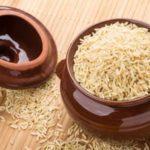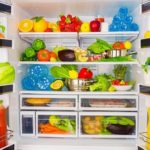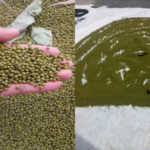In the past, despite trying many ways to store vegetables in the refrigerator compartment, I could only keep them fresh for about 7 – 10 days. With the simple and economical method of wrapping vegetables in cotton fabric, I can now preserve them for more than a month. On normal days, housewives can also apply this method if they don’t have much time to go to the market.
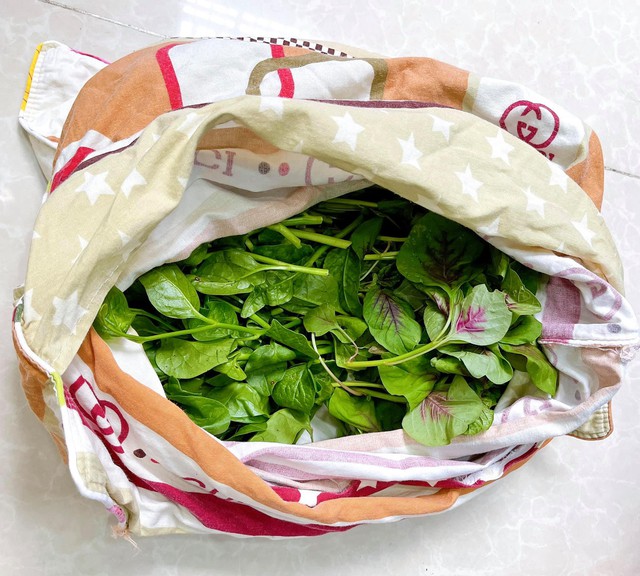
Wrap vegetables in fabric like this to preserve them
Mỹ Dung
Here’s how to do it:
Step 1: Make sure the vegetables are completely dry (do not wash them). For leafy vegetables, remove any rotten stems. If the vegetables are dirty, use a clean cloth to wipe them.
Step 2: Find thick cotton fabric pieces that can absorb moisture well. You can use old clothes or towels to wrap the vegetables. If the fabric is thin, you can wrap 2-3 layers to improve moisture absorption and keep the vegetables fresh longer.
Step 3: Put the wrapped vegetables in a box, cover it tightly, and store it in the refrigerator compartment. If you don’t have a box, wrap the vegetables in fabric and put them in the vegetable compartment or any other compartment in the refrigerator.
Step 4: Use paper tape to write the name of the vegetables and stick it on the fabric and outside the box for easy access.
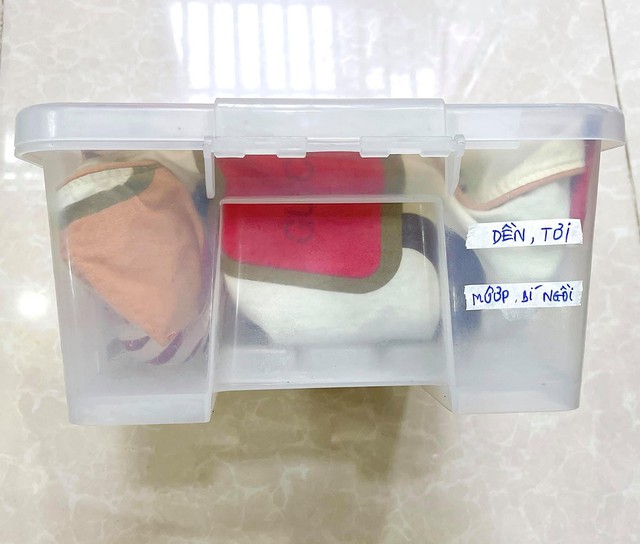
Write the name of the food for easy retrieval
Mỹ Dung
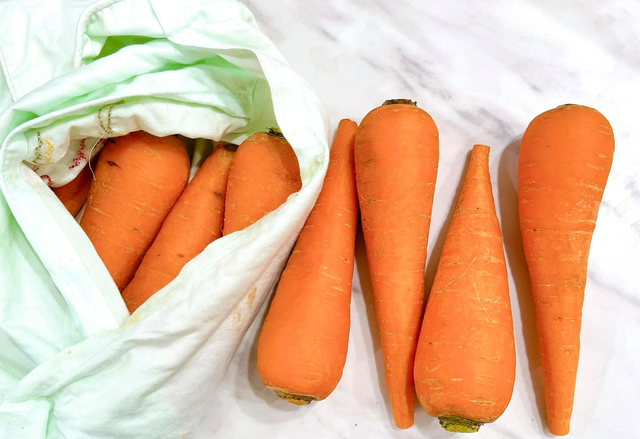
If you don’t have a box, simply wrap the vegetables in fabric like this and store in the refrigerator
Mỹ Dung
Note: If you put the vegetables in a box, it is advisable to line the bottom with plastic or any type of plastic lid to create a gap between the vegetables and the bottom of the box. This helps to keep the vegetables and fabric dry and prevent water from collecting.
With this fabric preservation method, leafy vegetables can be kept fresh for up to 3 weeks, while root vegetables can last for more than a month. It is recommended to consume leafy vegetables first, as they stay fresh for about 1-2 weeks.
“Fabrics to Consider for Those with Sensitive Skin: 8 Soft Options”
Are you looking for the best fabrics to help keep your sensitive skin feeling safe and comforted? Join us in today’s article as we reveal the top 8 softest and most gentle fabrics for soothing delicate skin.



























